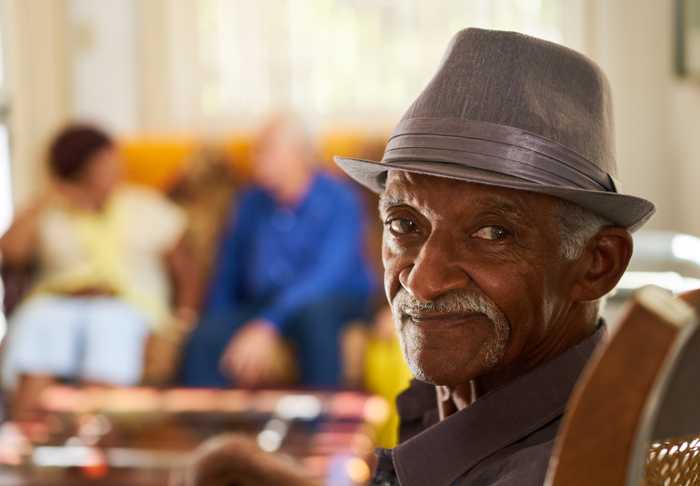Hospice Professionals
 About 70% of your patients may have already made the decision to donate eyes, organs and tissues after death. Unfortunately, no one made it easy for hospices to follow those wishes. The donation referral system was made for hospitals; it simply didn't work for hospice. That's why the Rocky Mountain Lions Eye Bank worked with hospice professionals to design a referral system specifically for hospices and their patients.
About 70% of your patients may have already made the decision to donate eyes, organs and tissues after death. Unfortunately, no one made it easy for hospices to follow those wishes. The donation referral system was made for hospitals; it simply didn't work for hospice. That's why the Rocky Mountain Lions Eye Bank worked with hospice professionals to design a referral system specifically for hospices and their patients.
Features of the program:
- No phone call is necessary to determine a patient's eligibility to donate. This is done using a simple algorithm provided by RMLEB.
- The program is adaptable to the internal process of the hospice. Once it is up and running, RMLEB is only involved when there is an authorized donor at the time of death.
- RMLEB will assist the hospice in setting up the program. We will make recommendations on implementing the necessary steps in the process.
- RMLEB provides training to personnel the hospice identifies on how to offer the option of donation to patients and families in a sensitive and neutral way. The goal of this training is not to get more donation but to facilitate family discussions that lead to informed choices.
- A hospice-only, toll-free telephone number is provided for checking the patient's status on the Colorado or Wyoming Donor Registry and to make referrals at the time of death for patients that have authorized donation.
- RMLEB provides follow-up letters to all donor families explaining the outcome of the donation. This includes whether or not transplant took place as well as information about the recipients (age, gender and region). Families are given the opportunity to write to these recipients through the eye bank. If the eye tissues were transplanted internationally, the eye bank has letters translated at no cost to the family. This is the only communication RMLEB has with donor families, so it does not interfere with the hospice's bereavement support.
It isn’t about getting more donors. It’s about giving patients and their families choices — the opportunity to leave a legacy of a different kind.
Email the Community & Professional Relations department to discuss how to help your patients leave the legacy of sight.